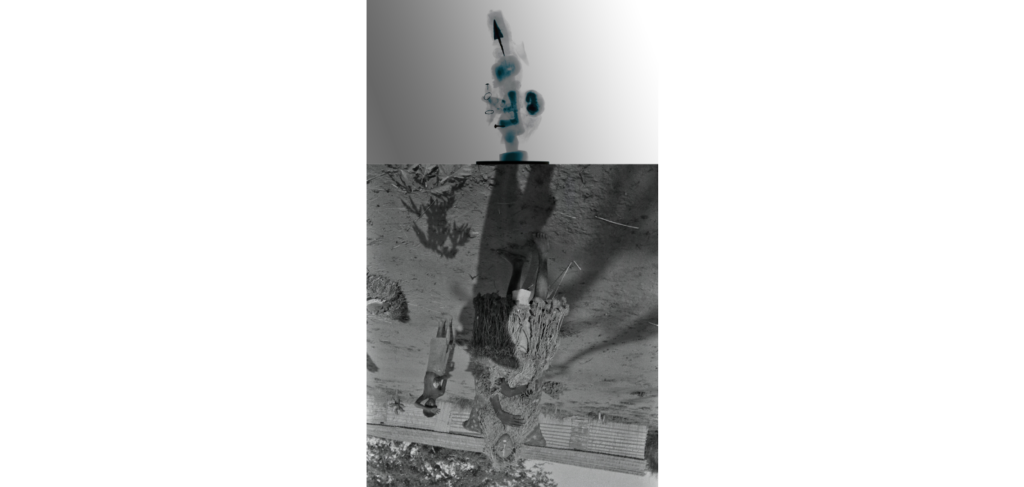The Venice Architecture Biennale has shifted its focus to Africa and colonization’s impact. Lesley Lokko curates the exhibition, exploring the continent’s rapid urbanization and the consequences of colonization. The Venice Biennale is an extraordinary event that showcases thought-provoking exhibitions and explores pressing issues. From Africa’s forced urbanization to the impact of colonization, the Biennale offers diverse perspectives. In this article, we will delve into the captivating displays and their significance in shaping our understanding of the world.
In one section of the exhibition, Mounir Ayoub, a Tunisian architect based in Geneva, focuses on forced settlement in Tunisia. Before French colonization in 1881, Tunisia had a predominantly nomadic population, with 600,000 nomads and 400,000 settled people. Ayoub’s collection of photos, documents, and video testimonies illuminates how France depopulated the Tunisian desert. They established new cities with oases to control and settle the nomads, erasing the rich cultural heritage and civilization.

Ayoub emphasizes that the loss of nomadism represents not only a cultural loss but also an environmental one. Nomadic families had a minimal impact on the environment, in stark contrast to the consequences of urban and economic growth that have come at the expense of Africa’s deserts and forests.
Sammy Baloji, a photographic artist from the Democratic Republic of Congo, explores the depletion of his country’s rainforests. The process began during Belgium’s rule when traditional cultivation methods were abandoned for intensive agriculture, leading to deforestation. Baloji’s project, “Debris of History, Issues of Memory,” highlights the devastating impact of colonization on the original vegetation. It also underscores the threat to the environmental benefits of the Congo River basin, the world’s second-largest rainforest after the Amazon.

Sammy Baloji
Hans Himmelheber, The long building of the circumcision camp can be seen behind the mask, DR Congo, Pende region, 1939, scan of the inside of a Songye power figure, and your reflection in the mirror, 2020, 2020. UV Print on mirror 4 mm, American case in polished brushed brass
205.2 × 84.2 × 3 cm. Image courtesy of Artsy
Lokko, the curator, stresses confronting painful history for envisioning new futures. Over half the participants are from Africa, offering diverse perspectives. The goal is to embrace the cultural dimension of our environment, moving beyond a scientific view. The exhibition reminds architects to draw from the past and shape future ideas. Understanding colonization’s traumas is crucial for shaping a sustainable, culturally informed built environment.
Venice Biennale explores Africa’s forced urbanization, raising awareness, stimulating dialogue, and inspiring action. Shedding light on historical injustices encourages reflection and envisions a future that incorporates local knowledge, preserves cultural identities, and embraces sustainability. The exhibition narrates Africa’s urbanization journey amidst colonization’s complexities. It challenges architects and society to learn, acknowledge, and shape a future that respects the environment, culture, and diverse communities.


